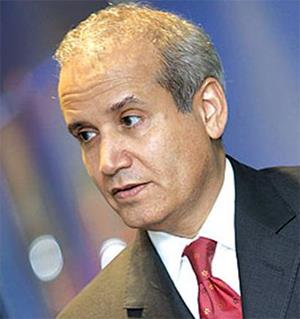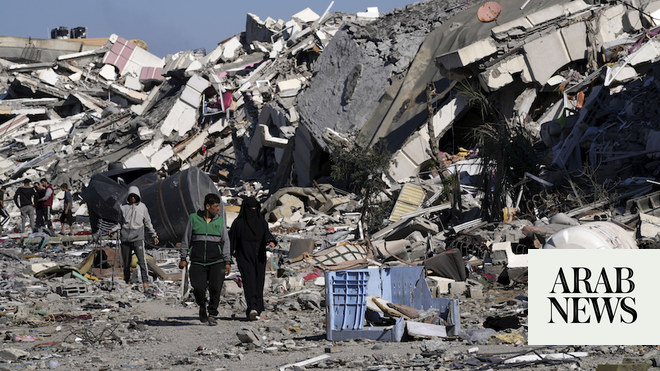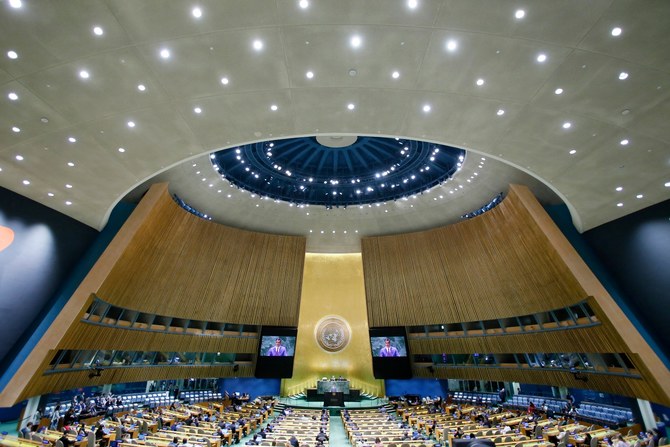
or those who believe artists are the wizards of the world, magicking meaning from an oblivious universe, there is much to ponder in Heather Phillipson’s new fourth plinth sculpture: erected at one of humanity’s unluckier moments, it’s the 13th such commission and is titled THE END. Note those capitals. Despite its playfulness, this fat whipped-cream blob with its luscious cherry on top – unveiled under a radiant morning sun in a Trafalgar Square devoid of commuters or tourists – is not a lower-case project.
On one side squats a huge fly and on the other an outsized drone, its propellers whirring, relaying live footage of the empty square beneath to a customised website. Hard to say which of the two is the more sinister, but their perch seems perilous and temporary, because the cream is melting, bulging over the top of the column, on the point of spilling surplus calories on to the pristine flagstones beneath.
Other occupants of the fourth plinth have come with more overt politics: Nelson’s Ship in a Bottle by Yinka Shonibare in 2010 offered an exquisite reflection on Britain’s murky mercantile history. Katharina Fritsch’s royal blue cockerel, Hahn/Cock, in 2013 sarkily reflected the preening nature of male statuary. In 2018, Michael Rakowitz’s majestic date can-armoured lamassu wore a title – The Invisible Enemy Should Not Exist – that said everything about the despoliation of the Middle East (many of whose treasures now sit in London museums).
But since it was announced back in 2017, THE END has accumulated a history that is as sticky as cream to a fly. The Covid-19 pandemic has emptied London’s streets, making a joke of public statuary, while the very existence of many monuments has been physically attacked as never before by protesters empowered by the Black Lives Matter movement. From one angle, Nelson’s column pokes a thin grey finger up behind the voluptuous white swirl of Phillipson’s confection. Does the great man feel threatened, or relieved that his loftiness will spare him the public reckoning inflicted earlier this summer on Edward Colston in Bristol? Is figurative public statuary even possible now that it has been so tainted by historical association?
Until the money ran out, the vacant plinth was intended to have been occupied by a monarch – the “sailor king”, William IV, a friend of Nelson’s who cut his teeth on missions around the Caribbean. Public statues have traditionally been funded by public subscription and decided according to public opinion as to who, or what, the public of the time considered most deserving of honour – and the fourth plinth commission is no exception. It is administered by the Mayor of London, whose emissary at the unveiling, Justine Simons, said it had “made our public realm pop”. We love our artists, not least because they are a tourist asset, part of what makes Britain great in the eyes of those with money to burn: the project brings art and commerce into fortuitous alliance in the square of a million holiday snaps, with its pigeons and peanut vendors picturesquely framed by the colonnaded grandeur of the National Gallery.
This hasn’t been a bad thing: indeed, it’s been a lot of fun. But it’s no criticism of Phillipson – who appeared at the unveiling wearing a sparkly blue face-mask and two Black Lives Matter badges – to suggest that, after 13 incumbents over 21 years, this particular wheeze might have reached THE END. As the artist herself told reporters at the unveiling, she conceived and created the work at a time when everything felt very unstable and on the edge of collapse. Now, when the worst would seem to have come to pass, there’s a chance “of something else forming … of radical change”.
One of the plinth’s most controversial and moving previous occupants was Alison Lapper Pregnant, by the artist Marc Quinn, whose recent intervention to replace Bristol’s statue of Edward Colston with one of Black Lives Matter protester Jen Reid seemed gimmicky and opportunistic in contrast. Phillipson’s cartoony assembly – nine tonnes of steel and polystyrene, taller than any of its predecessors – blows a great, squelchy raspberry at its own grandiosity, its own transitoriness.
Could this be the moment to invest in a new permanence? To honour a global community that is more than just a tourist crowd? To replace the sideshow of a biennial public unveiling with the solemnity of an annual gathering at a new shrine to the moment that has changed us all in so many ways, and which must never be allowed to become merely a moment?
In November 1920, two unknown warriors were buried simultaneously in Westminster Abbey and beneath Paris’s Arc de Triomphe, in tribute to the unidentified soldiers who died in the first world war. A century on we have been forced to recognise a new sort of hero, drawn from all around the world into the fight to keep people alive. So how about a monument to the unsung carer?












